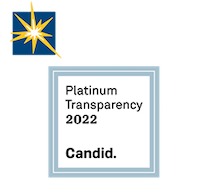At the centers, youth can work on academic studies, practice athletics or music, and attend a variety of workshops on issues of particular interest to them: photography, chess, therapeutic gardening, athletics and horseback riding and more. The center uses hobbies to provide youth with the support, equipment, space and time to practice their passion and have a social-therapeutic experience. These activities provide youth with a nonverbal “language” to express their emotions and to channel negative or destructive energy into positive, creative energy.
Lighthouse Centers – Miglador serve as innovative and effective tools for working with youth from various cultural groups that find themselves dealing with difficulties beyond routine adolescent problems and often lack suitable help.




